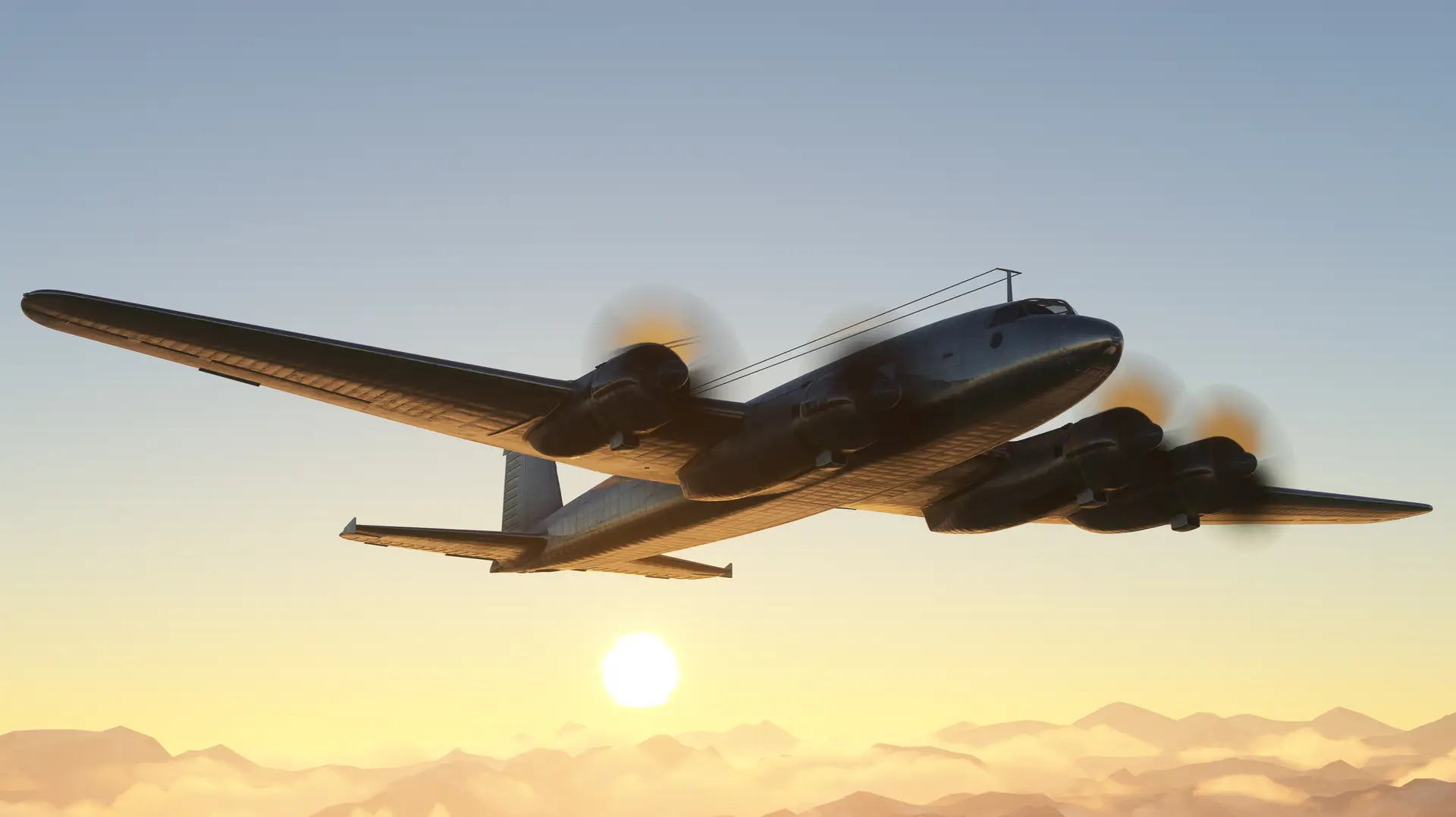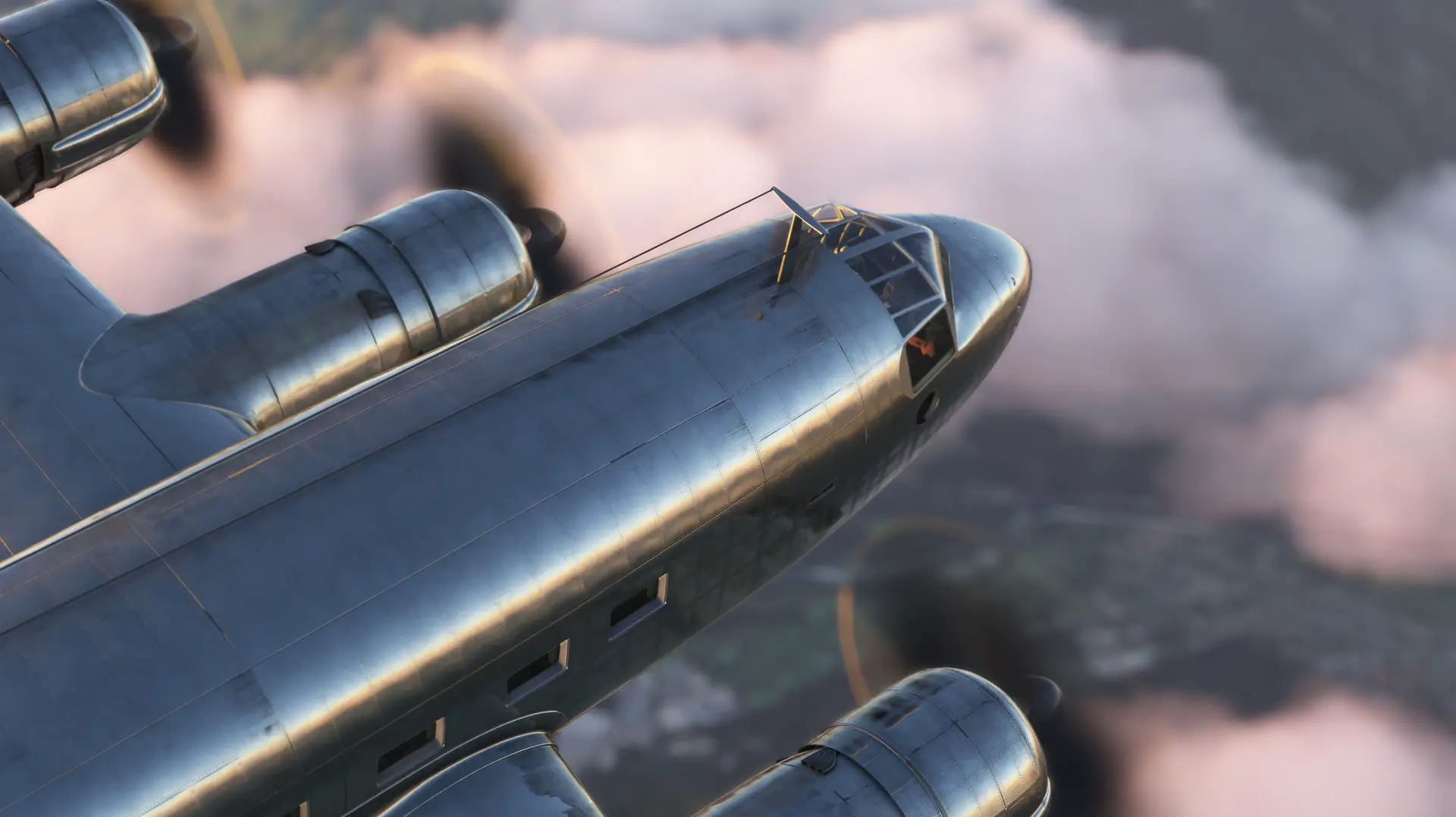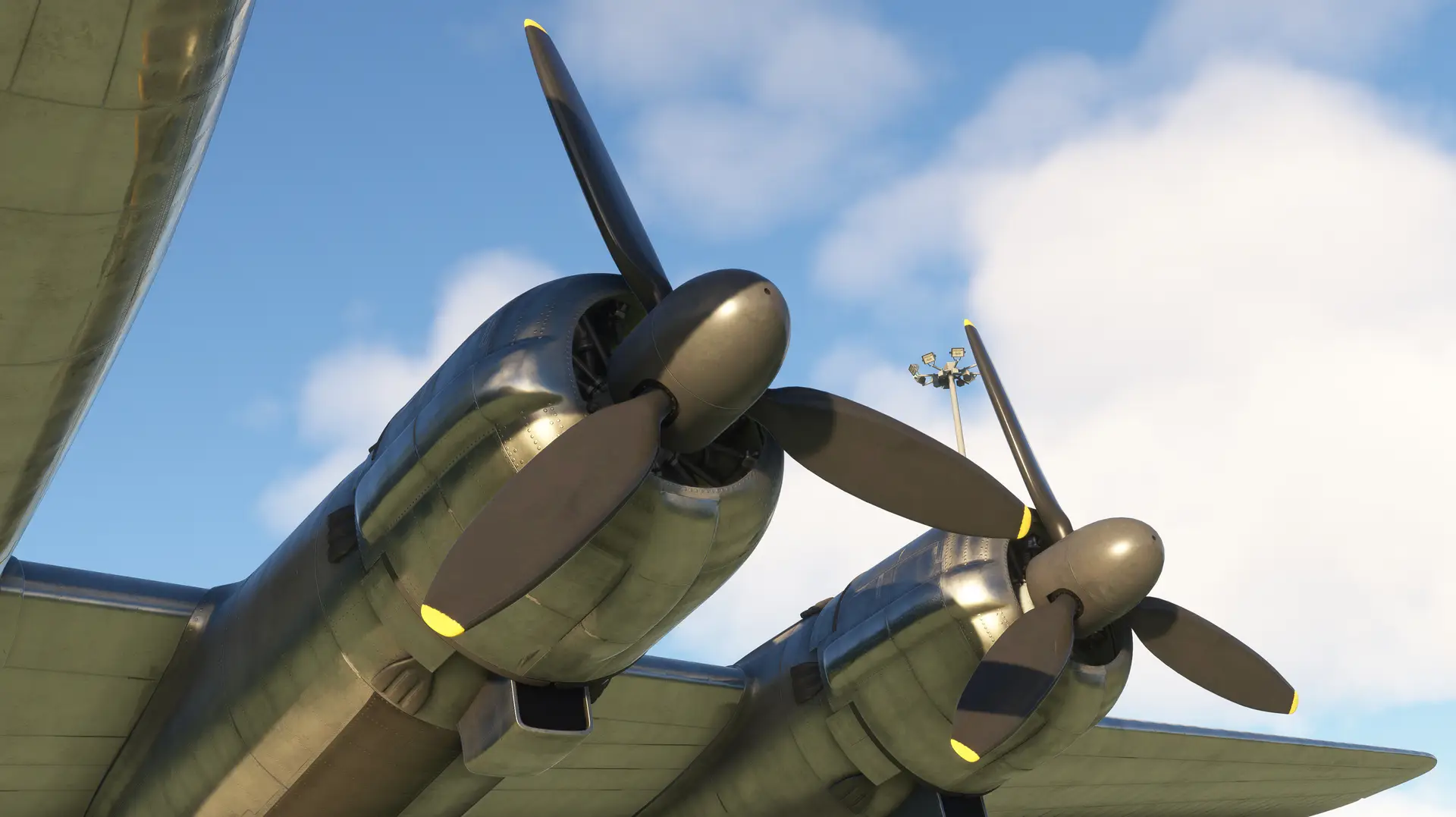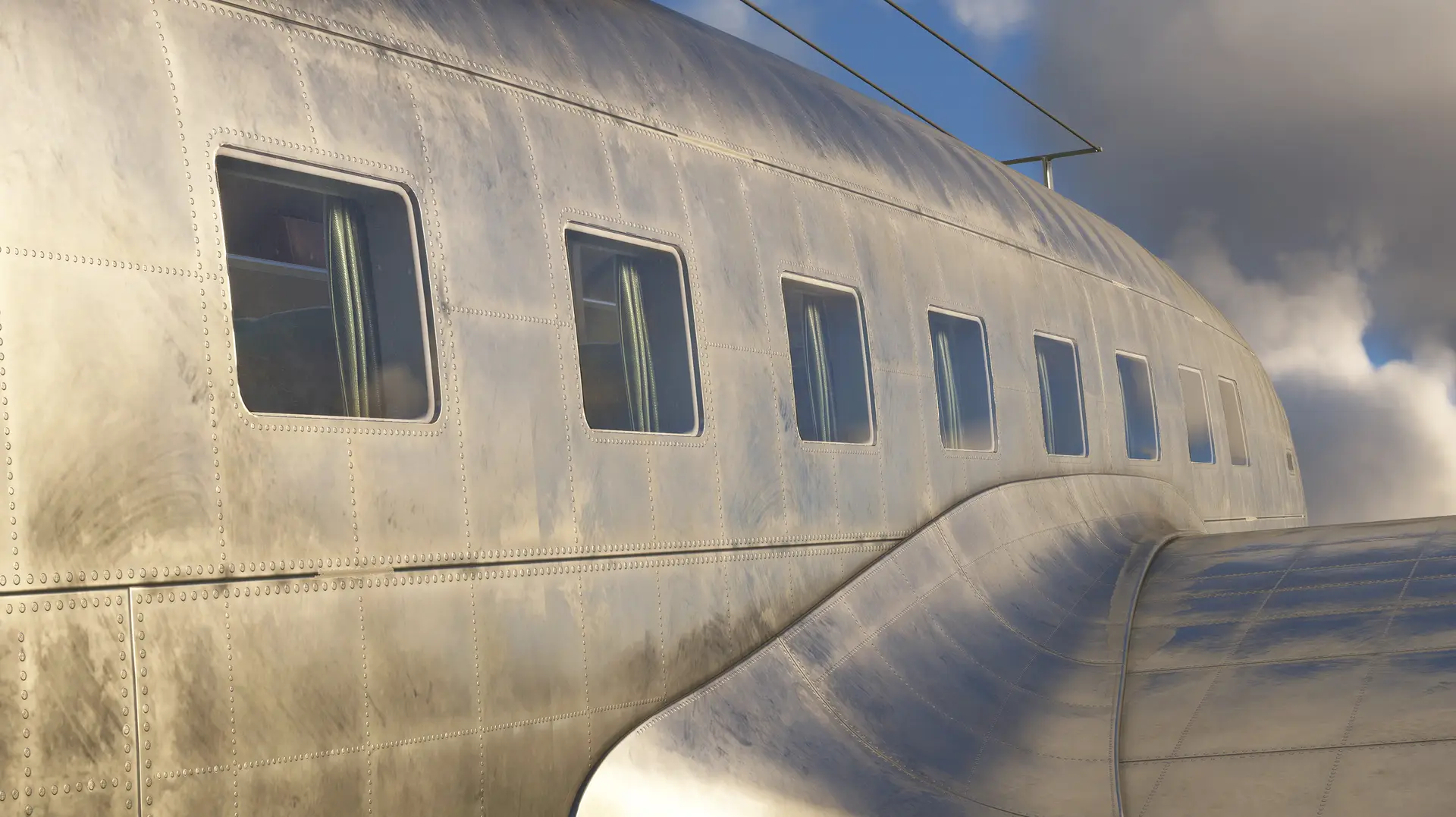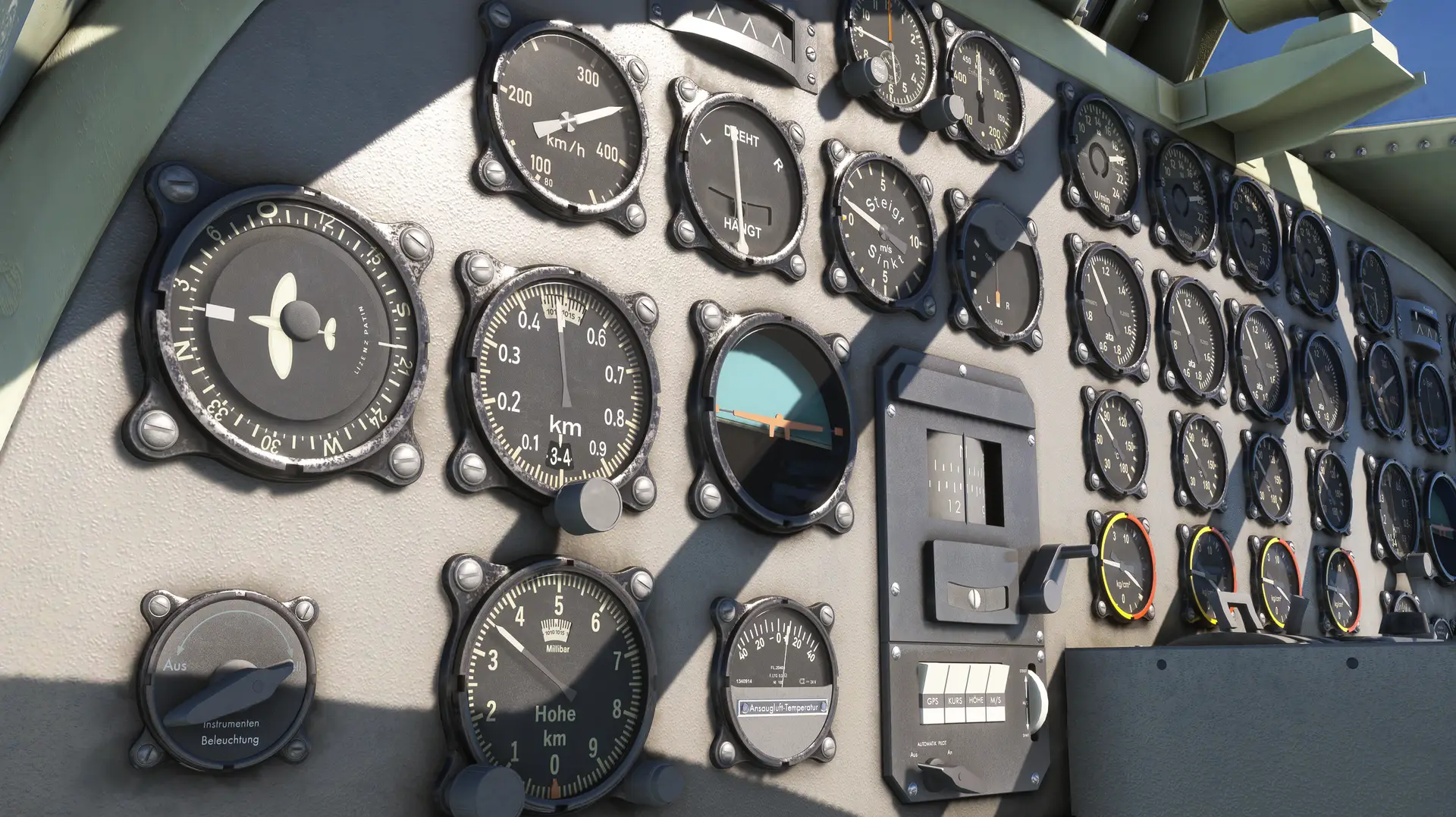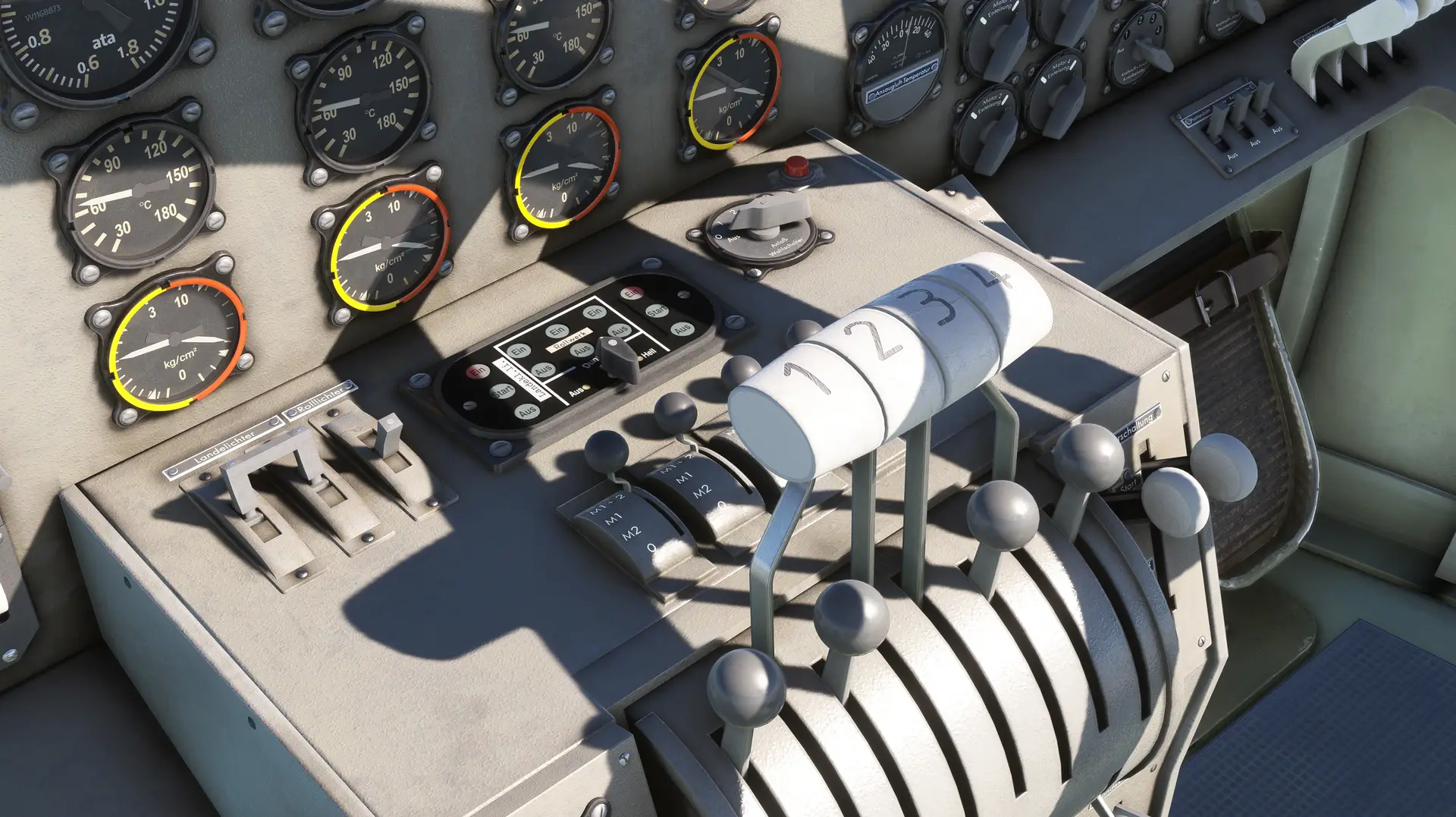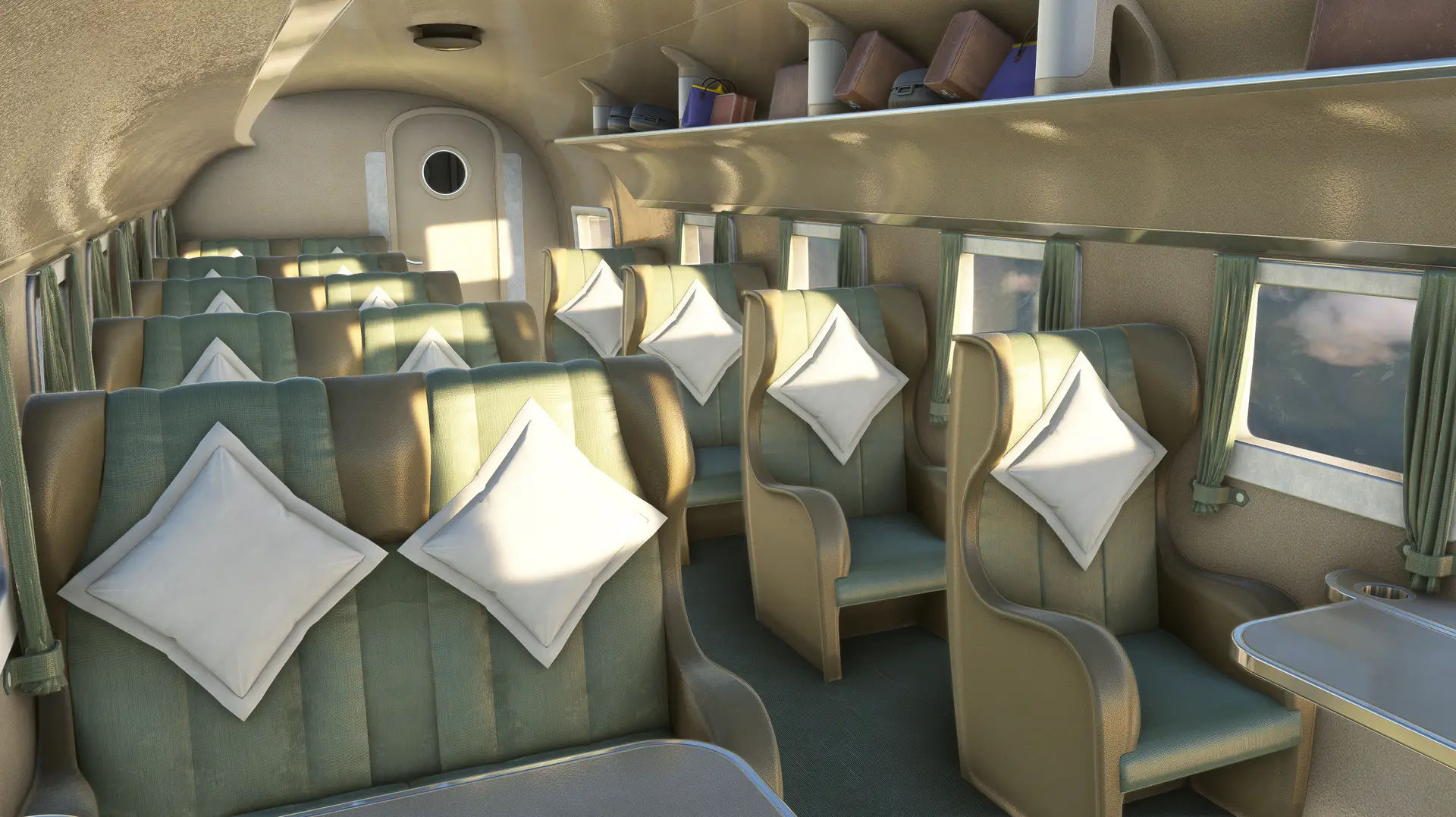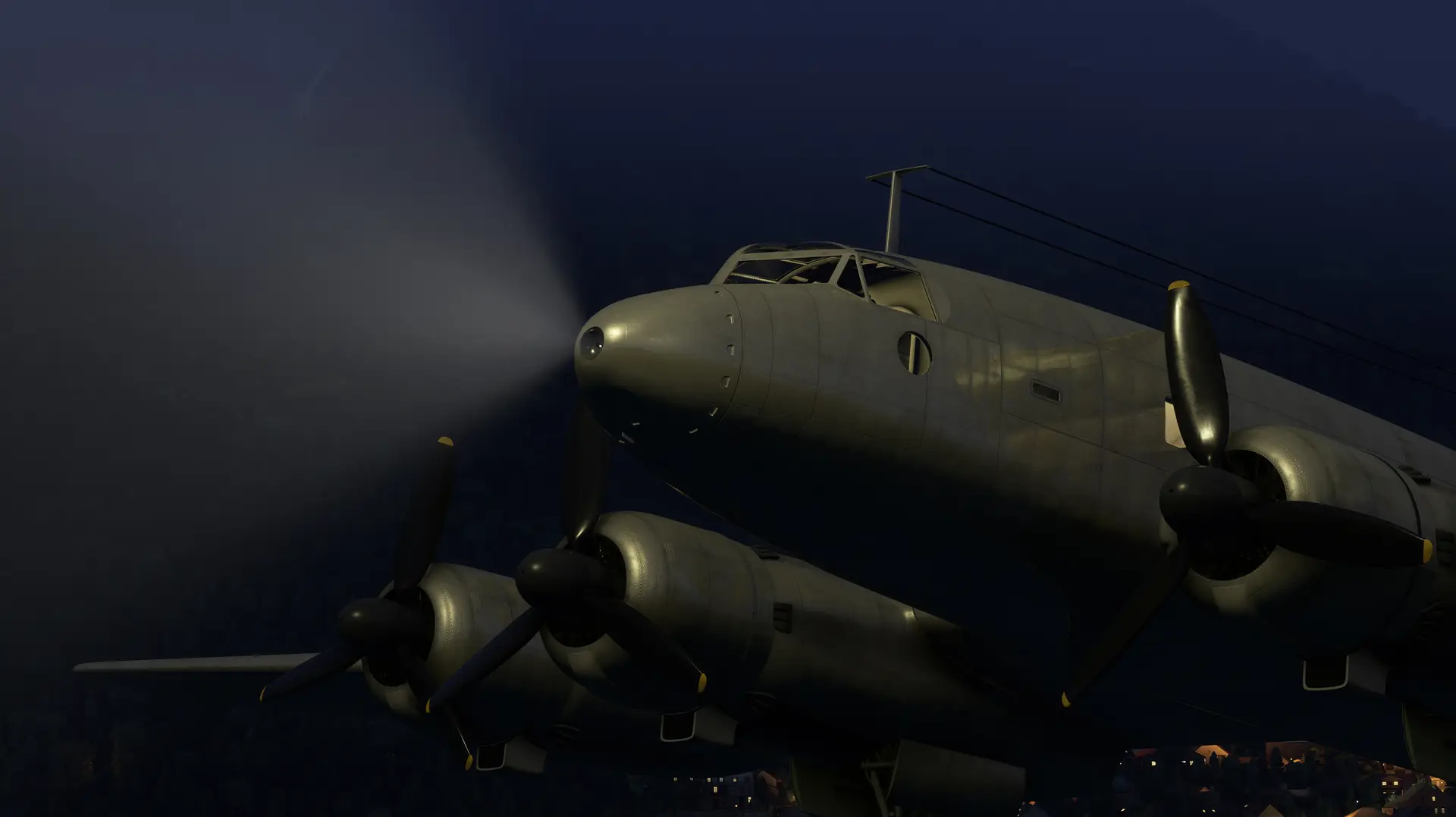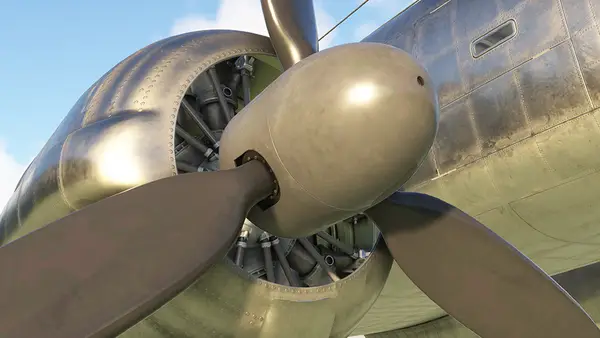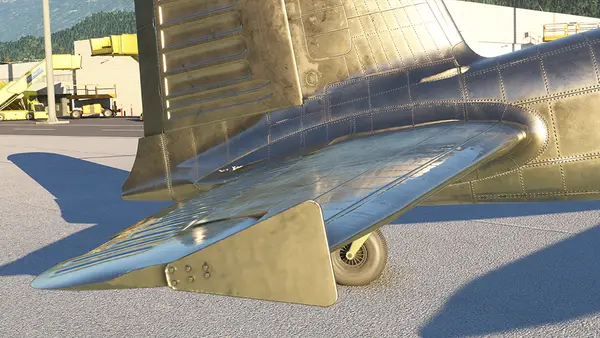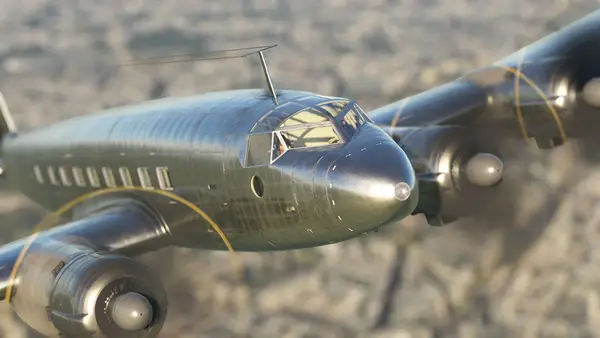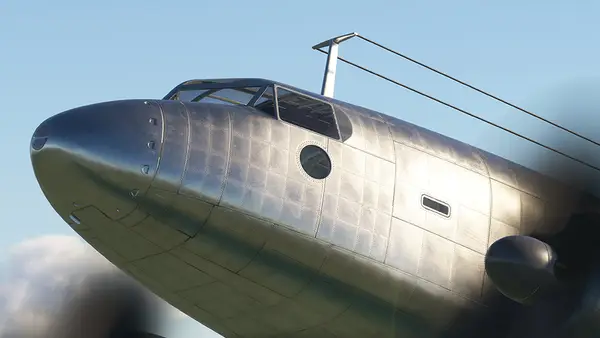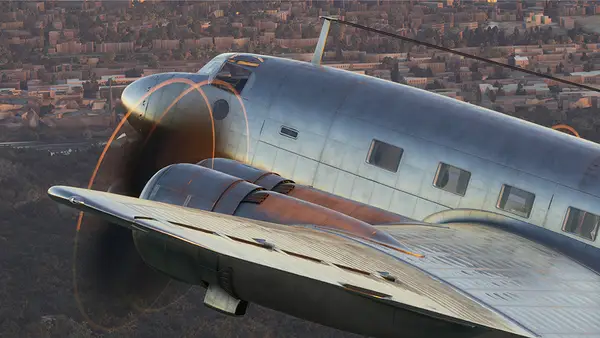The Fw 200 Condor was a 4-engine, long-range airliner developed and manufactured by German aviation company Focke-Wulf. The Condor took its maiden flight in 1937 and the airframe set several world records for distance. No operational models remain, although an Fw 200 was reconstructed from crash remnants as a non-flyable museum piece.
Focke-Wulf’s concept for the Fw 200 emerged in the mid-1930s due to interest in a terrestrial-based airliner capable of crossing the Atlantic Ocean. Engineers drafted a design comprising a large, high-aspect-ratio main wing that was optimized for high-altitude, long-distance flight. The expansive wing inspired the name of the airplane, Condor, after the bird known for its large wingspan and ability to soar great distances.
The first prototype was designated the Fw 200 V-1. “V” stood for “Versuchsflugzeug,” German for “experimental aircraft.” The all-metal Condor had an unpressurized cabin, a traditional empennage, and a retractable standard undercarriage. It was powered by four wing-mounted, 875-horsepower Pratt & Whitney Hornet radial piston engines.
The Fw 200 V-1 prototype took its maiden flight on July 27, 1937 to great success. It was redesignated Fw 200 S-1 in 1938, “S” standing for “Sonder,” German for “Special.” It was fitted with additional fuel tanks for extended flight time. On August 10, 1938, it lifted off from Berlin and flew nonstop to New York in just under 25 hours. The 4,000-mile flight set a record for longest distance flown by an airplane at the time. The Fw 200 S-1 set several other distance records in addition to the Berlin-New York flight.
The second Condor that Focke-Wulf built was designated the V-2 and named “Westfalen.” It measured 78 feet, 3 inches in length, stood 19 feet, 8 inches tall, and had a wingspan of 108 feet, 2 inches. It was powered by four BMW 132G radial piston engines, each of which generated up to 720 horsepower and turned a 2-blade propeller.
The Fw 200 V-2 had a range of 2,200 miles, a service ceiling of 20,000 feet above sea level, a cruising speed of 208 miles per hour, and a top speed of 233 mph. Other variants had similar performance characteristics.
Despite its large size, the Condor’s form was elegant, and it performed magnificently as a long-range carrier. Several airlines used the Fw 200 as an airliner, including those of Germany, Brazil, Denmark, and the United Kingdom.
